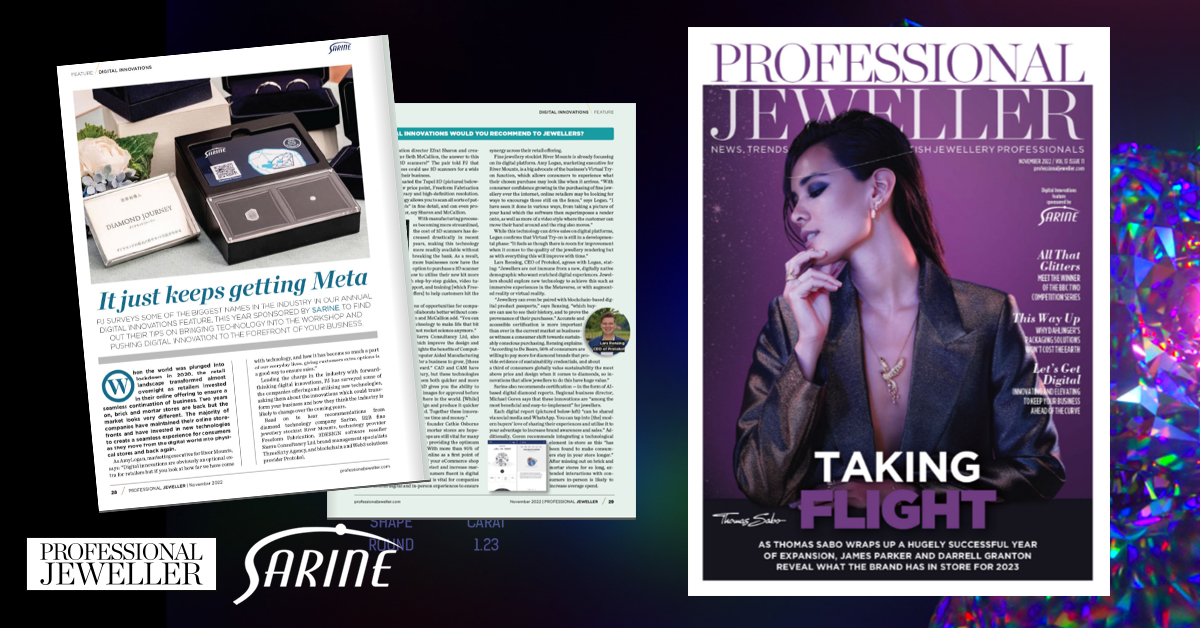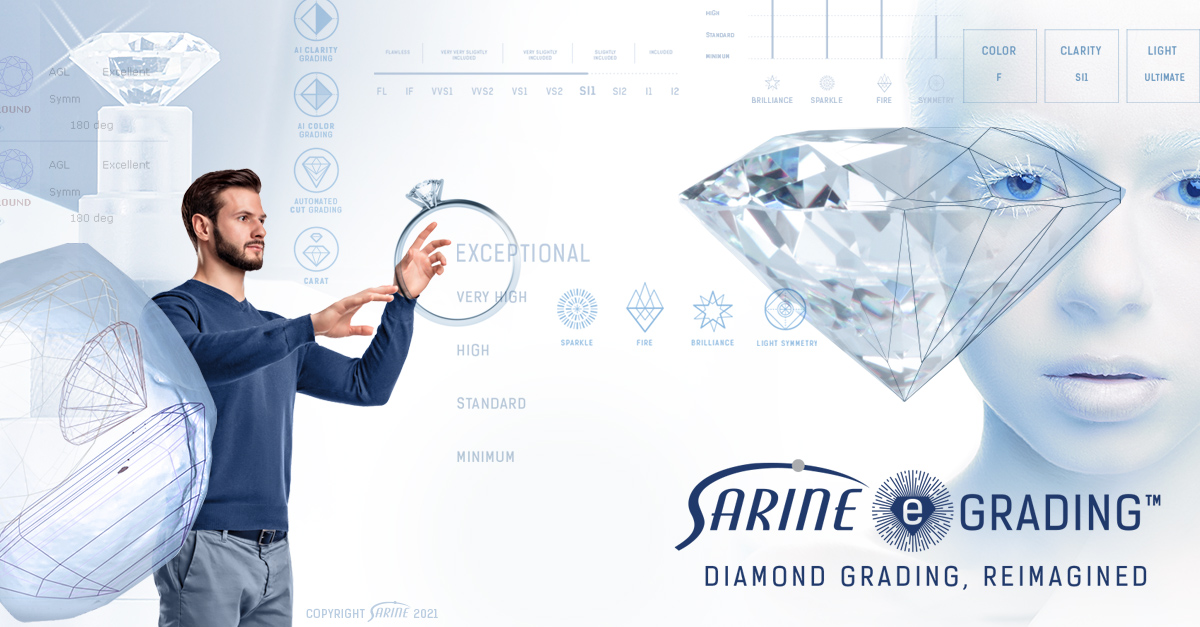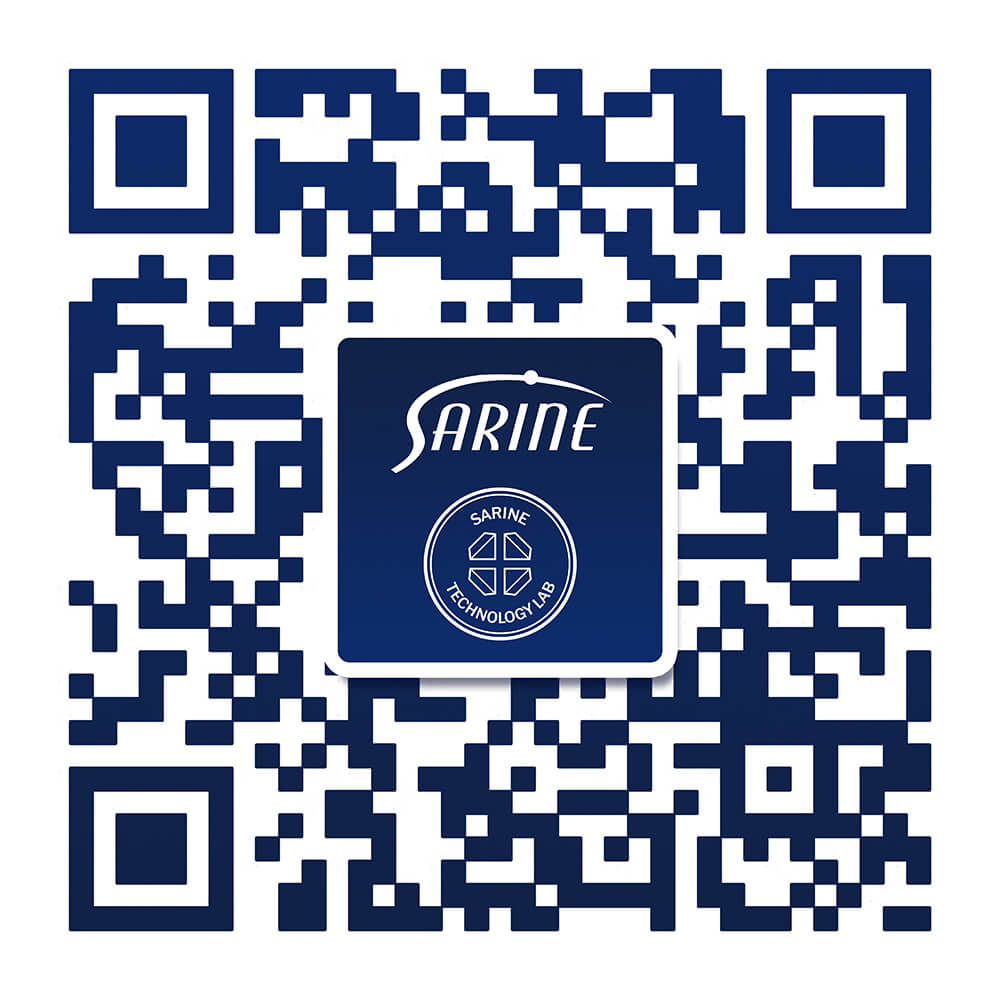As the world becomes more automated and digital, diamond grading is not left behind. From rough to cut, the use of technology in grading and traceability reports is the direction the industry is headed. As pioneers in diamond technology, and the driver of the new eGrading revolution, Sarine is leading the way.
In a recent Instore webinar, “Diamond Grading beyond the 4Cs”, Sarine CEO David Block provided a front-row view of how the company’s new eGrading technology uses AI to automate the diamond grading process, and what are the implications for the industry, now and in the future.
What is eGrading and how is it different?
David Block introduced the eGrading concept with an analogy: once, when you wanted to watch a movie at home, you had to go to Blockbuster, walk the aisles, choose a video to rent, go home, watch, and return it the next morning. Compare that to today, when consumers can access any content they want, instantly, cheaply, conveniently, from any device. Streaming media revolutionized the way we consume movies, and eGrading will do the same for diamond grading too. Click below to learn more about Sarine eGrading from our latest webinar hosted by INSTORE.
 Automated grading is just the beginning
Automated grading is just the beginning
eGrading is much more than just automated grading. Digitally native, eGrading enables advanced grading processes on premise, at the manufacturer or wholesaler, at their own convenience. It eliminates the need to ship out diamonds to a lab for grading, significantly reducing indirect costs, such as shipping, insurance, and ‘dead time’ in the grading queue, when a diamond is waiting to be graded and therefore can’t be sold or create any value for its owner.

eGrading is smarter
eGrading is based on artificial intelligence (AI), which uses machine learning to continually “teach” the system to become more accurate. The more data, the more precise and repeatable the grading results.
The actual grading process is uploaded to the Sarine cloud storage system in real time, where the algorithms grade the diamonds using AI, and the data is returned to the client. This process is managed independently by the client, so objectivity is assured with no outside interference. A range of automated monitoring and calibration tools, developed by Sarine, work to detect when data is not within the specifications, and recalibrates the system to ensure accuracy and repeatability.
Beyond the 4Cs
eGrading doesn’t stop at the basic 4Cs. The automated, AI grading technology is advanced enough to capture the finest details, supporting grading according to a vast range of sophisticated parameters, such as milkiness and inclusion location.
This vast pool of eGrading data collected from millions of Sarine-scanned diamonds makes it easier for retailers to locate the inventory they need, based on current customer demand. Complicated sourcing challenges suddenly become much simpler, and rejections from suppliers are dramatically reduced. All this is possible without the need for additional large infrastructure or extra personnel – it is already built into the Sarine-driven diamond manufacturing pipeline.
Every grading standard
As described by Block, the Sarine eGrading system is calibrated to the GIA grading standard, chosen because of its widespread acceptance as the global industry standard. “There was no need for another grading standard in an already saturated market. So we chose GIA, and the eGrading system is taught those standards via machine learning and repeated scanning and grading. However, the system is not limited to GIA. Indeed, it can learn any grading standard. For example, Sarine has already worked with Tiffany’s to adapt eGrading to Tiffany’s own standard. As long as enough data is fed to the system, it can be calibrated to any standard, more accurately and consistently than ever before.”
Trust and the trickle-down effect
Of course, diamond reports are not just about gradings. Consumer trust is a vital component. When it comes to tech-based grading, it comes down to this: more and more consumers, particularly Millennials and Gen Z, trust technology over people. As a technology company, Sarine is neutral and independent. Sarine does not manufacture or sell diamonds. According to Block, “Technology is our strength. Over 100 million diamonds a year pass through Sarine devices. The industry is already relying on Sarine technology. Now that trust is moving into the grading arena.”
As trust builds and the technology becomes more advanced, this will create a trickle-down effect and eGrading will come to be the standard for melee and smaller diamonds, as well as larger, more valuable stones. Part of the package of building trust comes with Sarine’s “diamond fingerprinting” capabilities: laser-inscribing physical diamonds with a secure ID that can be matched on the sales floor with the diamond’s digital ID. The uses of diamond fingerprinting are enormous, from insurance, to trading up, or identifying diamonds when jewelry pieces are submitted for repairs. It is all part of the process of building consumer trust, which will expand the penetration and possibilities of eGrading technology in the future.
Powered by Sarine
Like “Intel Inside®”, eGrading reports are powered by Sarine, yet fully customizable according to the needs of the retailer and consumer. eGrading is adaptable to various grading standards, and can be leveraged in a wide range of digital reports and customer experiences so that retailers can best serve their particular market and get the most from eGrading in their stores.
In the second half of 2021, Sarine eGrading will be rolling out worldwide, building on the past two years that Sarine has been issuing grading reports and gaining market acceptance with leading manufacturers and retail brands. The objective for the future is to provide eGrading technology in house to a wide range of clients, who can gain access and control to automated, AI-based accurate diamond grading, on their own premises and on their own terms.
The final word from Sarine CEO David Block: “Grading technology is going to get faster, cheaper, and more efficient as we move ahead. We’ll be working closely with retailers, seeing what they need and what consumers want, but at the same time, maintaining integrity of data with no compromises.”
That’s the future of eGrading and it is coming faster than ever.


.png?width=760&name=AI%20Grading%20(%D7%90%D7%95%D7%95%D7%99%D7%A8%D7%94).png)
.jpg?width=1200&name=AD%20Future%20of%20AI%20Grading%2002%201200x627%20manual%20vs%20ai%20(005).jpg)


-1.jpg?width=310&name=blog_image%20(003)-1.jpg)





